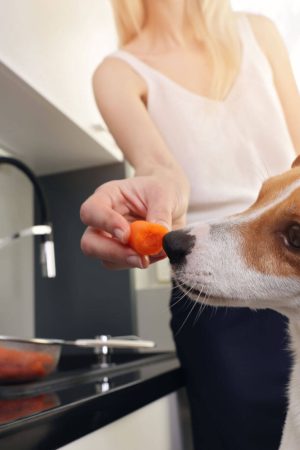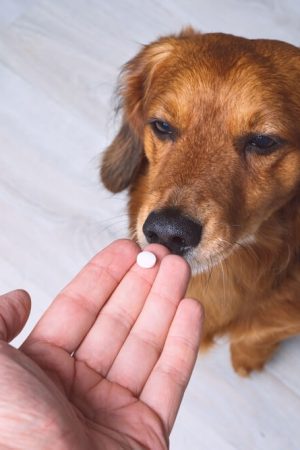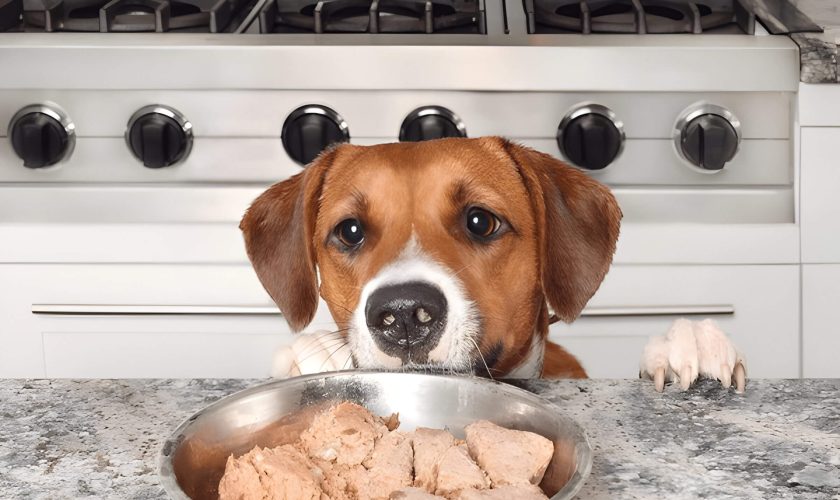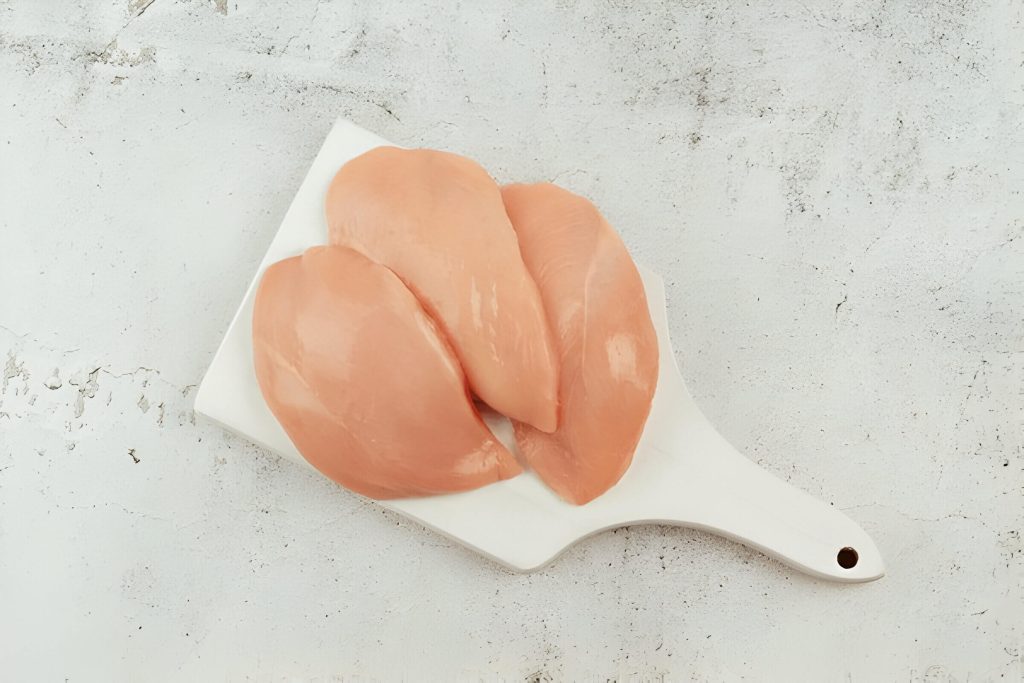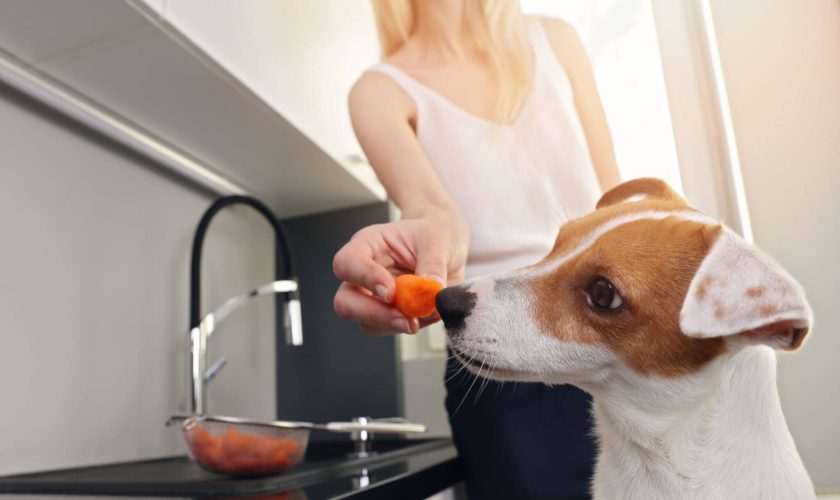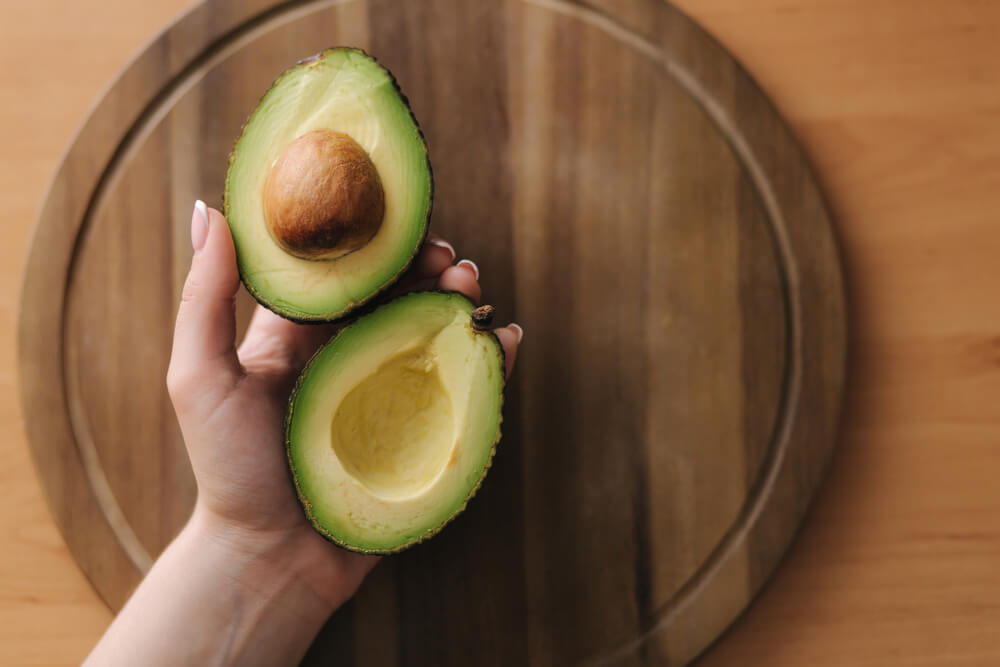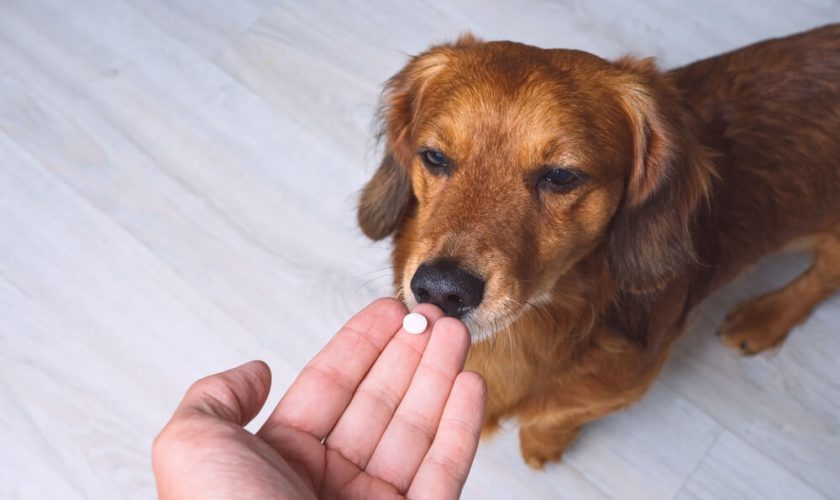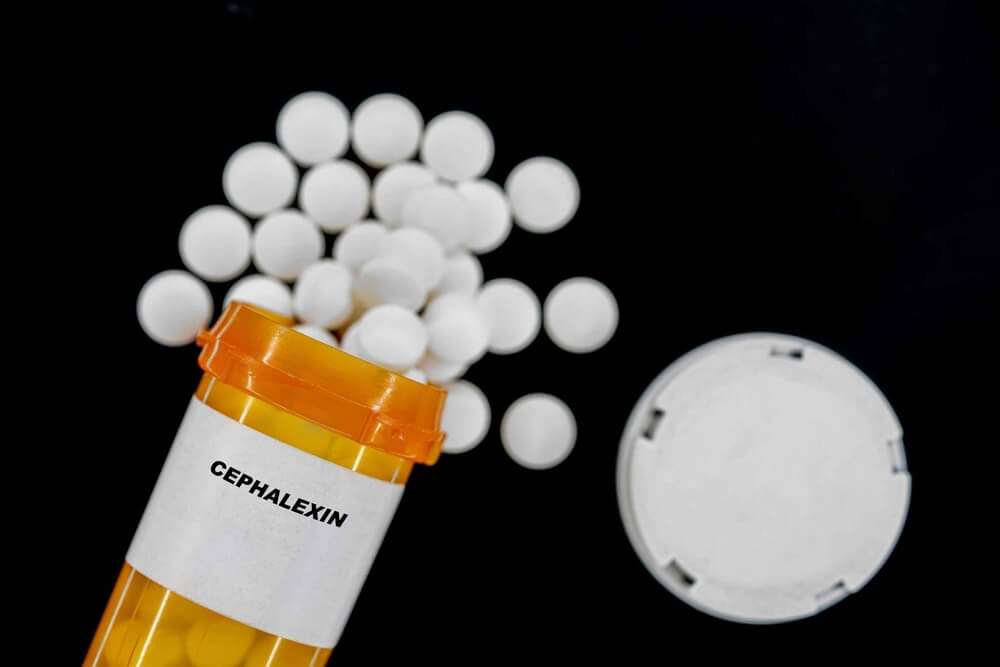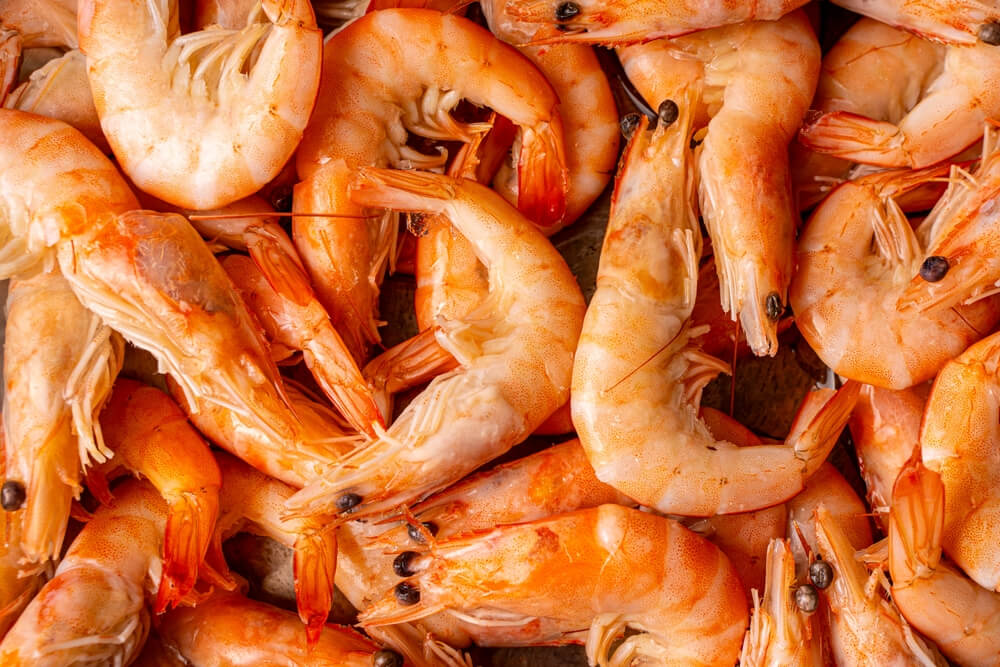Hookworms are a serious parasitic threat to dogs, causing significant health issues if untreated. Understanding the causes, signs, treatment options, and prevention of hookworm infections is crucial for dog owners. This guide covers how these parasites infect dogs, symptoms to watch for, effective treatments, and preventive steps. Regular veterinary check-ups and proper hygiene ensure your dog’s healthier life.
Introduction to Hookworms in Dogs
Hookworms in dogs are a significant concern for pet owners and veterinarians alike. These parasitic worms, known scientifically as Ancylostoma caninum, reside in the intestines of infected dogs and can lead to severe health issues if left untreated. Canine hookworm infection is particularly prevalent in warm, humid environments where the larvae thrive.
The lifecycle of hookworms begins when the larvae penetrate a dog’s skin or are ingested through contaminated food or water. Once inside the host, they travel to the intestines, attach themselves to the intestinal lining, and feed on blood. This feeding behavior can cause anemia, weight loss, diarrhea, and lethargy in affected dogs.
Detecting hookworms early is crucial for effective treatment. Common symptoms include pale gums due to anemia, bloody stools, and general weakness. A veterinarian will typically diagnose hookworm infection through a fecal examination that identifies eggs present in the stool.
Treatment involves deworming medications that eliminate adult worms from the intestines. Preventative measures include regular veterinary check-ups and maintaining good hygiene practices to reduce exposure to contaminated environments.
Understanding hookworms in dogs is essential for ensuring your pet’s health and well-being. By staying informed about these parasitic worms and taking proactive steps towards prevention and treatment, you can help protect your furry friend from this common canine parasite.
Causes of Hookworm Infections in Dogs
Hookworm infections in dogs are a common concern for pet owners, and understanding the causes of these infections is crucial for prevention and treatment. The primary cause of hookworm infection in dogs is the ingestion or direct contact with hookworm larvae. These microscopic larvae can be found in contaminated soil and water, making outdoor environments a potential risk.
Dogs often get hookworms through various transmission routes. One common way is through ingestion when they lick or eat contaminated soil, feces, or water. Another significant transmission method is through skin penetration; hookworm larvae can burrow into a dog’s skin, typically through the paws or belly when they come into contact with infested ground.
Additionally, puppies are particularly vulnerable as they can acquire hookworms from their mother during nursing if she has an active infection. Understanding these transmission pathways helps pet owners take preventive measures such as maintaining clean living environments and regular veterinary check-ups to keep their furry friends safe from hookworm infections.
Recognizing the Signs and Symptoms of Hookworm Infections in Dogs
Hookworm infections are a common parasitic issue that can affect dogs of all ages. Being vigilant about the health of your pet is crucial, as early detection and treatment can significantly improve outcomes. Understanding the signs of hookworms in dogs is essential for any responsible pet owner.
One of the primary symptoms of canine hookworms is anemia, which occurs due to the blood-sucking nature of these parasites. You might notice your dog appearing lethargic or weak, which are telltale signs that something may be amiss. Pale gums are another indicator that your dog may be suffering from anemia caused by a hookworm infection.
Gastrointestinal distress is also a common symptom associated with hookworm infections. Look out for signs such as diarrhea, which may sometimes contain blood, and vomiting. These symptoms suggest that your dog’s digestive system is being compromised by parasitic activity.
In addition to these more obvious symptoms, weight loss and poor coat condition can also signal a hookworm infection. If you observe your dog losing weight despite maintaining its regular diet or if its coat appears dull and unhealthy, it’s advisable to consult your veterinarian for an evaluation.
Identifying parasitic infections in dogs early on can make a significant difference in their health and well-being. Regular veterinary check-ups and prompt attention to any unusual symptoms can help ensure your furry friend stays healthy and happy.
Treatment Options for Hookworm Infections in Dogs
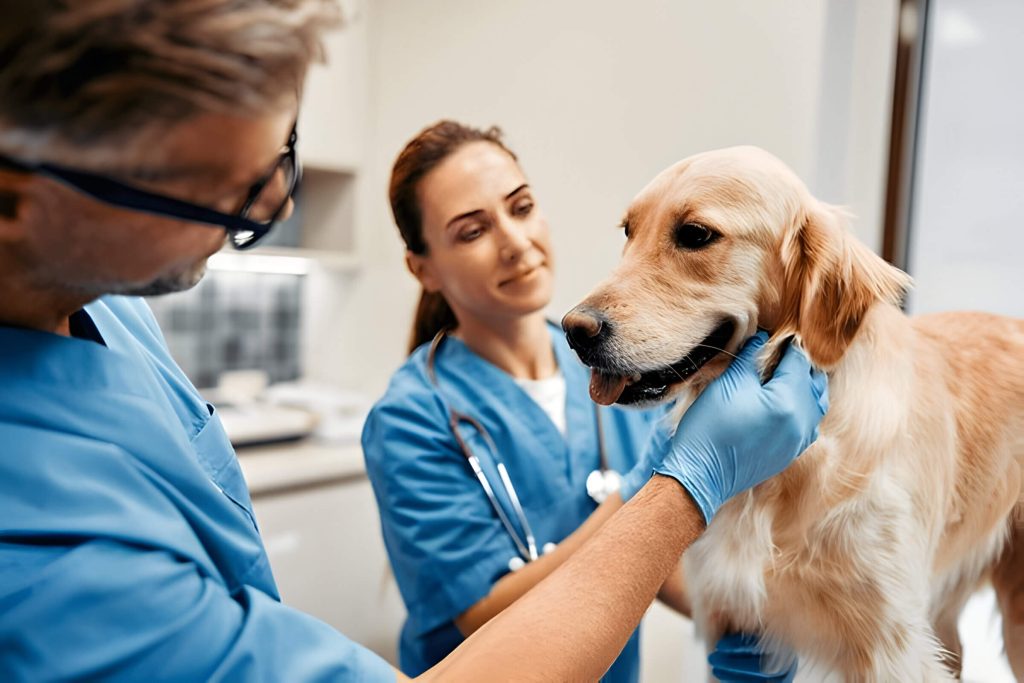
Hookworm infections in dogs can be a serious health concern, but fortunately, there are several effective treatment options available. Treating hookworms in dogs typically involves a multi-faceted approach that includes deworming treatments, medications, and ongoing veterinary care.
The first step in addressing hookworm infections is usually a deworming treatment for dogs. Dewormers are medications specifically designed to eliminate intestinal parasites. Commonly used dewormers include pyrantel pamoate, fenbendazole, and milbemycin oxime. These medications work by paralyzing or killing the worms so they can be expelled from the dog’s body through the digestive system.
In addition to deworming treatments, your veterinarian may prescribe specific medication for dog parasites to address any secondary issues caused by the infection. This could include antibiotics if there is an associated bacterial infection or iron supplements if the dog is suffering from anemia due to blood loss caused by the hookworms.
Veterinary treatment for dog worms also involves regular follow-up visits to ensure that the infection has been fully eradicated and that there are no lingering effects on your dog’s health. Your vet may recommend periodic fecal examinations to monitor for any signs of reinfection and adjust treatment plans as necessary.
Overall, prompt and thorough veterinary care is crucial when dealing with hookworm infections in dogs. By following your veterinarian’s recommendations and ensuring your pet receives appropriate deworming treatments and medications, you can effectively manage and prevent these parasitic infections.
Preventive Measures to Protect Your Dog from Hookworms
Preventing hookworm infections in dogs is crucial for maintaining your pet’s health and well-being. These parasitic worms can cause severe anemia, weight loss, and other health issues if not addressed promptly. Here are some essential dog parasite prevention tips to help keep your canine companion safe from hookworms.
Firstly, regular veterinary check-ups are vital. Your veterinarian can perform routine fecal examinations to detect any signs of hookworm infections early on. Early detection allows for prompt treatment, reducing the risk of severe complications.
Secondly, maintaining good hygiene practices is essential in preventing parasitic infections in pets. Ensure that your dog’s living area is clean and free from fecal matter. Regularly clean up after your dog during walks and dispose of waste properly to minimize the risk of contamination.
Another critical preventive measure is administering a veterinarian-recommended deworming schedule. Deworming medications effectively eliminate existing parasites and prevent future infestations. Consult with your vet to determine the most appropriate deworming regimen for your dog based on their age, lifestyle, and overall health.
Additionally, practicing proper canine hygiene plays a significant role in preventing hookworm infections. Regularly bathe your dog using a gentle shampoo to remove any potential parasites from their coat. Also, ensure that their bedding is clean and washed frequently.
Lastly, be mindful of where you take your dog for walks or playtime. Avoid areas known for high contamination levels or those frequented by stray animals that may carry parasites.
By following these preventive measures diligently, you can significantly reduce the risk of hookworm infections in dogs and ensure a healthier life for your furry friend.
The Importance of Regular Veterinary Check-ups for Your Dog’s Health
Regular veterinary check-ups are crucial for maintaining your dog’s overall health and well-being. These routine visits play a significant role in preventative care for pets, ensuring that any potential health issues are identified and addressed early on. By scheduling regular vet visits for dogs, pet owners can stay ahead of common ailments and provide comprehensive pet health care.
One of the primary benefits of routine vet check-ups is the early detection of diseases. Many conditions, such as dental disease, obesity, and heart problems, can develop slowly over time without obvious symptoms. Regular examinations allow veterinarians to perform thorough assessments and catch these issues before they become severe.
Additionally, preventative care for pets during these visits often includes vaccinations, parasite control, and nutritional advice tailored to your dog’s specific needs. This proactive approach helps in maintaining a strong immune system and preventing illnesses that could otherwise be costly or challenging to treat.
Moreover, routine vet check-ups foster a strong relationship between you, your dog, and the veterinarian. This trust is essential when it comes to managing chronic conditions or emergencies that may arise in the future. By prioritizing regular veterinary appointments, you ensure that your dog receives the best possible care throughout their life.
Conclusion (Keep Your Dog Safe from Hookworms with Proper Care and Preventive Practices)
Ensuring your dog remains free from hookworms requires a combination of vigilance, proper care, and preventive measures. Regular veterinary check-ups are crucial for early detection and treatment of hookworm infections. Administering prescribed deworming medications as recommended by your vet can significantly reduce the risk of infestation.
Maintaining good hygiene is another essential preventive practice. Clean up after your dog promptly to minimize the chances of hookworms spreading in the environment. Additionally, ensure that your dog’s living area is kept clean and free from fecal contamination.
Feeding your dog a balanced diet helps boost their immune system, making them less susceptible to infections. Also, avoid letting your dog roam in areas known to be contaminated with feces from other animals.
By adhering to these practices, you can protect your furry friend from the dangers of hookworms and ensure they lead a healthy, happy life.



